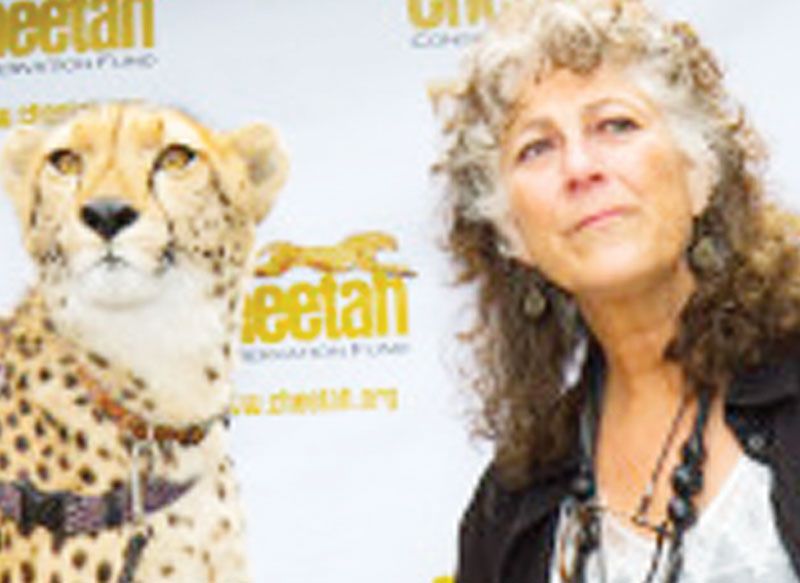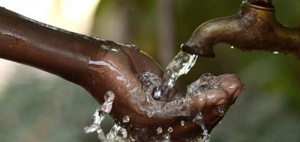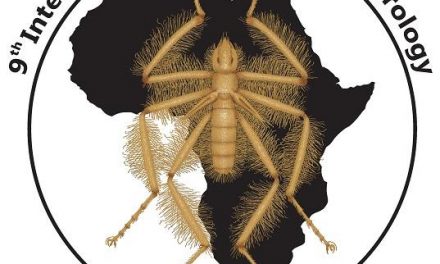
Carnivore experts put heads together for a reliable, representative Red Data Book

The groundwork for a Red Data Book of all Namibia’s carnivore species was laid earlier this month when around 20 experts met for a research symposium to discuss the framework for an assessment of the conservation status of carnivores. The symposium was held at Otjikoto Nature Reserve and Environmental Centre, run by gold mining company, B2Gold.
This symposium is the first step in the compiling of a Namibian Carnivore Red Data Book. Coordinated by the Large Carnivore Association of Namibia (LCMAN), the Ministry of Environment and Tourism and the Namibian Chamber of Environment, the discussion was chaired by Dr Chris Brown of the environment chamber. Researchers from the University of Namibia and the large carnivore association as well as many several other institutions all participated in the drafting of the framework that will include distribution, research gaps, man-made threats, population demographics, and general conservation status.
Dr Laurie Marker, the founder and Executive Director of the Cheetah Conservation Fund, in her capacity as LCMAN chair said “This is the first time that this type of process has been conducted for Namibia’s carnivores. It was a very important process to undertake as carnivore ranges continue to shift and change with the interactions of humans’ land use and other aspects of wildlife management.”
Research teams were put together for every carnivore so that data can be shared on historical and current distribution maps which are anticipated to lead to a reliable Carnivore Red Data Book.
Apart from the obvious and well-known large carnivores, the Namibian list of indigenous carnivore also include several individual species of mongoose, otter and genet.
Namibia’s 34 carnivore species comprise nine mongoose species, two otter species, three genet species.
As the list is populated, the Red Data Book will be edited by John Pallett for release next year August.
“Bringing all the carnivore specialists and relevant organisations together to assess the conservation status of carnivores in Namibia, to identify threats and to develop a carnivore conservation action plan that considers relevant socio-economic issues is an important step in preparing integrated, cost effective management, research and monitoring approaches for carnivores” said Dr Brown.












































